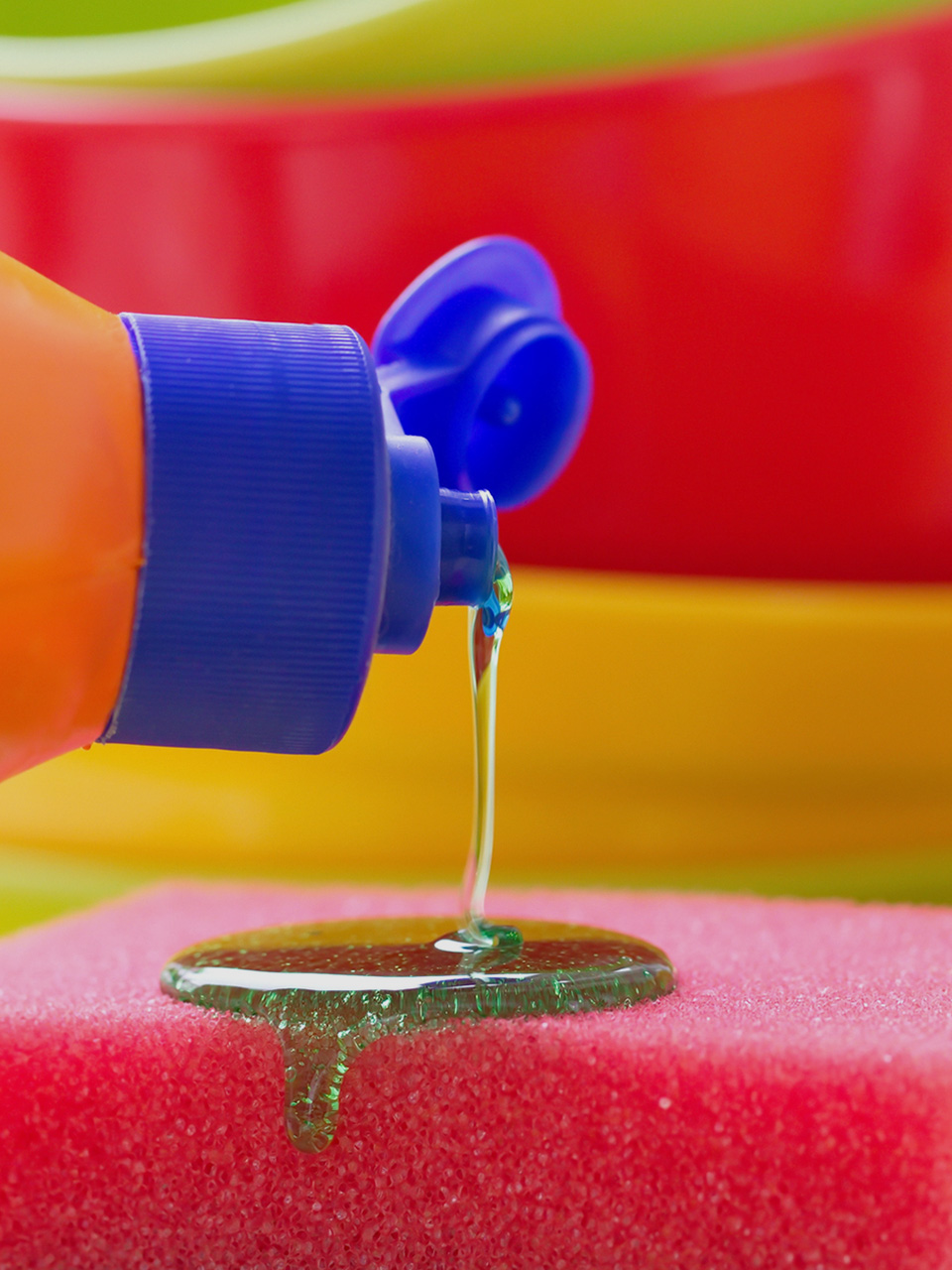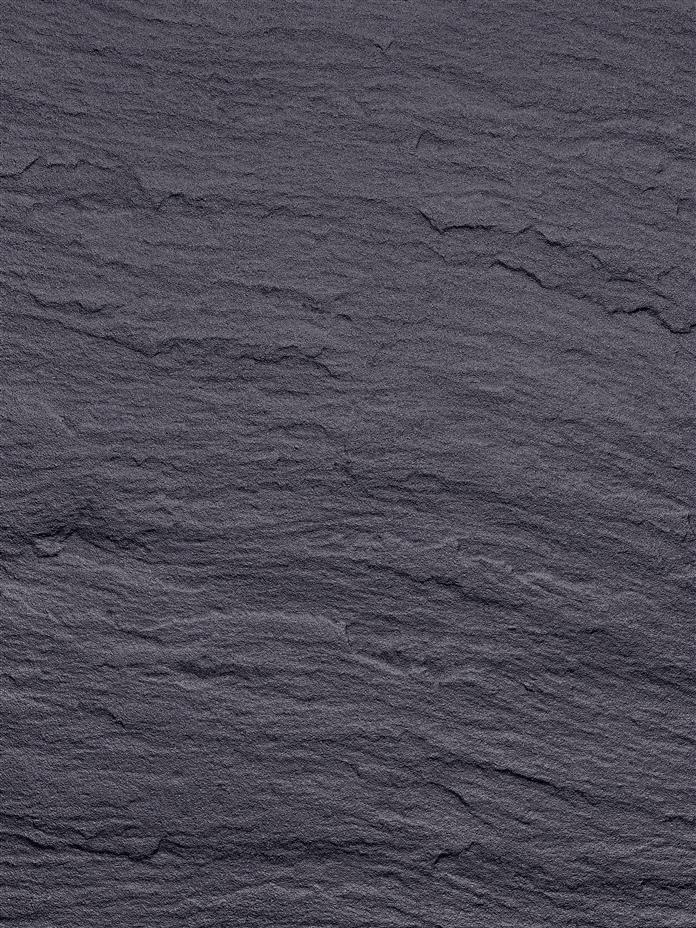
Tap to Read ➤
Difference Between Adsorption and Absorption
Amita Ray


People usually use the term 'adsorption' and 'absorption' interchangeably, which is incorrect. These two are completely different phenomena. This story gives you a detailed account of adsorption vs. absorption.



The term adsorption was coined by a German physicist, Heinrich Kayser in the year 1881.

When molecules, ions, or atoms approach any solid, liquid or gaseous phase, they encounter many forces of attraction that cause these molecules to adhere to the phase. This phenomenon is called sorption. Sorption can be of two types―adsorption and absorption. These processes play a vital role in chemistry and biology.

Adsorption is a phenomenon in which molecules or ions of a solid, liquid, or gas adhere to the surface of the atoms, ions, or molecules. The molecules that adhere or get adsorbed onto the surface are called adsorbate, and the surface of the molecules on which they adhere to is called adsorbent. In simpler words, it can be said that the molecules sit on the surface of a substance.

Absorption is a phenomenon in which the atoms, ions, or molecules of a substance enter the bulk of a solid, liquid, or gas. The phase in which molecules are absorbed are called absorbent. Here, the molecules enter into the volume of the substance.

Adsorption Vs. Absorption

Definition
Adsorption
✤ Adsorption is defined as the adherence of atoms, ions or molecules on the surface of the solid, liquid or gas phase.
Absorption
✤ Absorption can be defined as the assimilation of atoms, ions, or molecules into the volume of the solid, liquid, or gas phase.
✤ Adsorption is defined as the adherence of atoms, ions or molecules on the surface of the solid, liquid or gas phase.
Absorption
✤ Absorption can be defined as the assimilation of atoms, ions, or molecules into the volume of the solid, liquid, or gas phase.

Phenomenon
Adsorption
✤ It occurs only on the surface of the phase that is in contact with the molecule.
Absorption
✤ As the molecules enter and disperse into the phase, this phenomenon occurs throughout the phase.
✤ It occurs only on the surface of the phase that is in contact with the molecule.
Absorption
✤ As the molecules enter and disperse into the phase, this phenomenon occurs throughout the phase.

Types
Adsorption
✤ There are two types of adsorption:
Physisorption: In this type of adsorption, there is only a force of attraction between the adsorbent and the adsorbate. Here, both the reacting molecular species are chemically unaltered.
✤ There are two types of adsorption:
Physisorption: In this type of adsorption, there is only a force of attraction between the adsorbent and the adsorbate. Here, both the reacting molecular species are chemically unaltered.

Chemisorption: In this type of absorption, there are new chemical bonds that are created between the adsorbent and the adsorbate. Here, there is a chemical reaction that takes place between the two molecular species.

Absorption
✤ There are two types of absorption:
Physical absorption: In this type of absorption, the absorbed and the absorbent molecules do not interact with each other, and therefore, they do not perturb the chemical nature of the molecules.
Chemical absorption: In this type of absorption, the absorbed and the absorbent molecules chemically interact with each other, resulting in the formation of chemically distinct products.
✤ There are two types of absorption:
Physical absorption: In this type of absorption, the absorbed and the absorbent molecules do not interact with each other, and therefore, they do not perturb the chemical nature of the molecules.
Chemical absorption: In this type of absorption, the absorbed and the absorbent molecules chemically interact with each other, resulting in the formation of chemically distinct products.

Rate
Adsorption
✤ The rate of adsorption is high in the beginning and decreases till equilibrium is attained.
✤ As temperature increases, the rate of adsorption decreases.
Absorption
✤ The rate of absorption maintains a steady state throughout the process.
✤ The rate is independent of temperature.
✤ The rate of adsorption is high in the beginning and decreases till equilibrium is attained.
✤ As temperature increases, the rate of adsorption decreases.
Absorption
✤ The rate of absorption maintains a steady state throughout the process.
✤ The rate is independent of temperature.

Examples
Adsorption

✤ Activated carbon or activated charcoal is a form of finely divided charcoal with very fine pores. T

This gives the charcoal a very large surface area. This is used as an adsorbent and has a wide range of applications. It is used in the purification of gases and water. It is used as an air filter in gas masks and is also used in the treatment of poisoning due to ingestion of substances.

✤ Silica gel is a desiccant with very small pores and a large surface area.

This substance has a high affinity for water, and it adsorbs water readily. It is included with various products that may be damaged due to the presence of water like electronic devices and medicines. It is used as a stationary phase in many chromatographic techniques.

It is used as a component in cat litter. It is sometimes used in water purification and can be added as a food additive in very low concentrations.

✤ Many finely divided metals such as nickel, platinum, and palladium are commonly used as catalysts in various organic chemical reactions.

The most widely used application of these catalysts may be in hydrogenation of oils. Oils are unsaturated fatty acids that are converted into saturated fatty acids by the process of hydrogenation. This process is used in the production of margarine and shortening.
Absorption

✤ Absorption of water by a sponge or any absorbent substance like cotton is the most common example.

✤ When carbon dioxide is passed through water at high pressure, some amount of the gas gets absorbed in water. This is used in the production of carbonated water for aerated drinks.

✤ Oxygen molecules diffuse in water from the air or is given off by aquatic plants. This oxygen remains in the soluble state as it is absorbed in water. This phenomenon supports all the aquatic life forms that are present.

✤ In biological systems, absorption plays a vital role. It is required for the uptake of nutrients from digested food materials by epithelial cells that line the digestive tract. It is required for the uptake of oxygen by the epithelial cells lining the alveoli of the lungs.

✤ In chemistry, ammonia can be absorbed in water. This process is also used in the removal of water molecules from diols and also for the separation of low molecular weight hydrocarbons from high molecular weight hydrocarbons.

✤ In the purification of natural gas and other petrochemicals, these gases are passed through alkanols (alcohols containing amine) so that gases like hydrogen sulfide and carbon dioxide are absorbed in alkanols and are removed. This process is called gas sweetening and acid gas removal.

✤ Iron oxide is used in the removal of hydrogen sulfide from bio-gas. Here, hydrogen sulfide is first absorbed into water and then treated with iron oxide.

The process of sorption requires a large surface area, and during this process, there are about 1015 molecules present per square centimeter!

